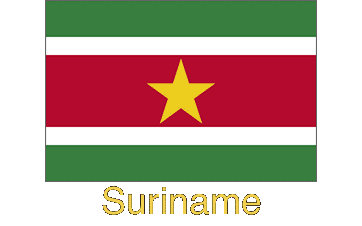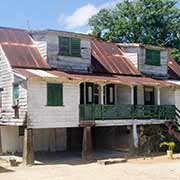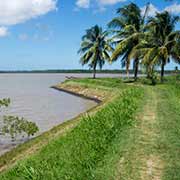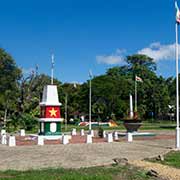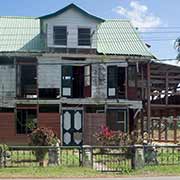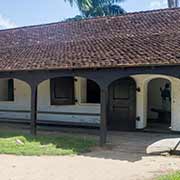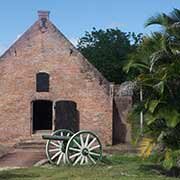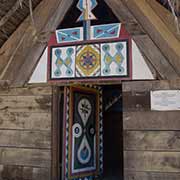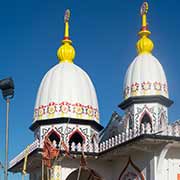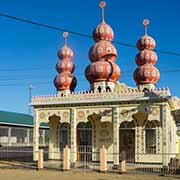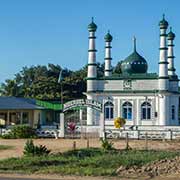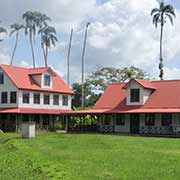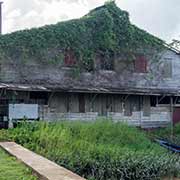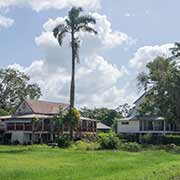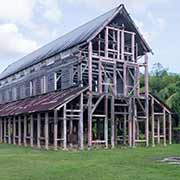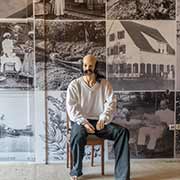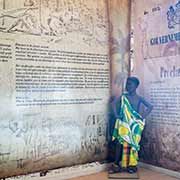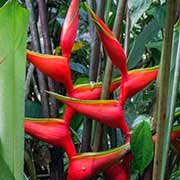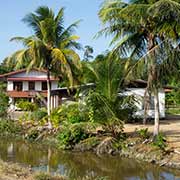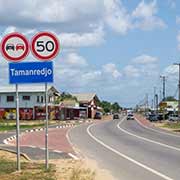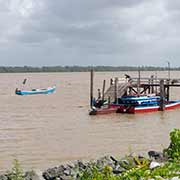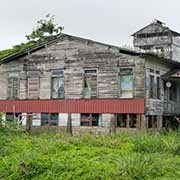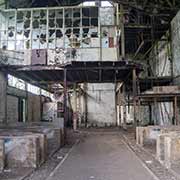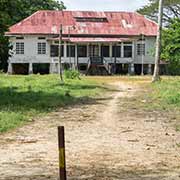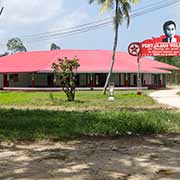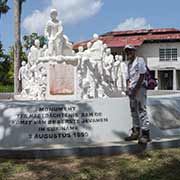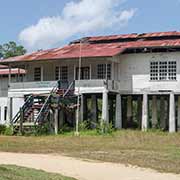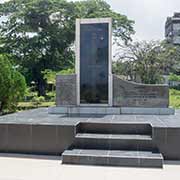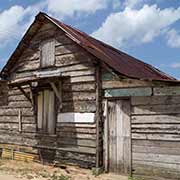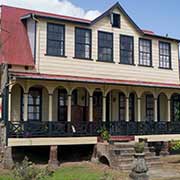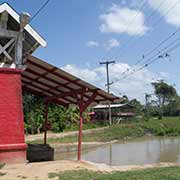Photos of Commewijne, Suriname's Plantation District, Suriname
Commewijne, Suriname's Plantation District
The Commewijne District on the right bank of the Suriname River, is one of the most populated agricultural districts, with many plantations dating back to the first Dutch colonisation of the area in the 17th century. Its capital is Nieuw Amsterdam, where the Suriname and Commewijne rivers come together.
you may then send it as a postcard if you wish.
During the heyday of the plantation economy, Commewijne counted more than 600 plantations, with names as Alliance, Frederiksdorp, Reynsdorp, Rust en Werk, Alkmaar, Katwijk, Leliëndaal, Mariënburg, Peperpot, Spieringshoek, Wederzorg, Zorgvliet.... To protect the plantations of Commewijne, Fort Nieuw-Amsterdam was built from 1734 to 1747 at the confluence of the Suriname and Commewijne rivers. It was not very effective and taken twice by the English and, when the plantations were abandoned, the fort lost its function; between 1863 and 1967, the fort was used as a prison. In 1982 it became an open-air museum. Some buildings are still under restoration.
Many of the old plantations have lost their importance, but may still be visited. Peperpot on the Suriname river, was a coffee plantation, that started somewhere between 1651 and 1660. In 1702 cultivation of cocoa was started and coffee followed around 1720. But during the 20th century it became uneconomical and in the 1960s it was finished; it is now a Nature Park with a museum illustrating the history of the plantation.
Mariënburg, east of Fort Nieuw Amsterdam, was founded in 1745, as a sugar plantation by Maria de la Jaille and became a coffee plantation in the 19th century. In 1882 it was purchased by the Netherlands Trading Society (NHM) to establish a central sugarcane factory. To support the incoming supply of sugarcane, a 12 kilometres railway was built, the first railway in Suriname. Machines produced sugar, alcohol and rum, but as a result of poor harvests and falling prices, NHM sold the factory and it closed in 1986. The factory and its associated buildings are now a tourist attraction, despite the dilapidated state of the site.
Frederiksburg, across the Commewijne river, dating from 1760, was originally a coffee plantation; in 1775 almost 200 slaves worked here. After slavery was abolished, in 1873 almost 100 Javanese and Hindustani contract workers worked on the plantation, now mainly producing cocoa. The plantation was abandoned, but bought in 1976 by Ton Hagemeijer, who tried to make the neglected plantation work again; after restoration and renovation with financial assistance from the Netherlands, it was converted into a unique hotel and restaurant.


